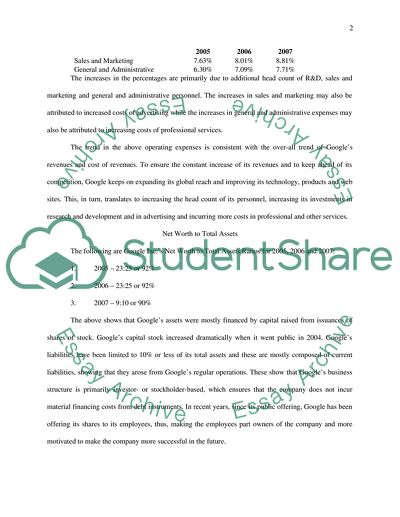Cite this document
(Financial Statement and Ratio Coursework Example | Topics and Well Written Essays - 2500 words, n.d.)
Financial Statement and Ratio Coursework Example | Topics and Well Written Essays - 2500 words. Retrieved from https://studentshare.org/finance-accounting/1718378-accounting-financial-statement-and-ratio-analysis-assignment
Financial Statement and Ratio Coursework Example | Topics and Well Written Essays - 2500 words. Retrieved from https://studentshare.org/finance-accounting/1718378-accounting-financial-statement-and-ratio-analysis-assignment
(Financial Statement and Ratio Coursework Example | Topics and Well Written Essays - 2500 Words)
Financial Statement and Ratio Coursework Example | Topics and Well Written Essays - 2500 Words. https://studentshare.org/finance-accounting/1718378-accounting-financial-statement-and-ratio-analysis-assignment.
Financial Statement and Ratio Coursework Example | Topics and Well Written Essays - 2500 Words. https://studentshare.org/finance-accounting/1718378-accounting-financial-statement-and-ratio-analysis-assignment.
“Financial Statement and Ratio Coursework Example | Topics and Well Written Essays - 2500 Words”, n.d. https://studentshare.org/finance-accounting/1718378-accounting-financial-statement-and-ratio-analysis-assignment.


